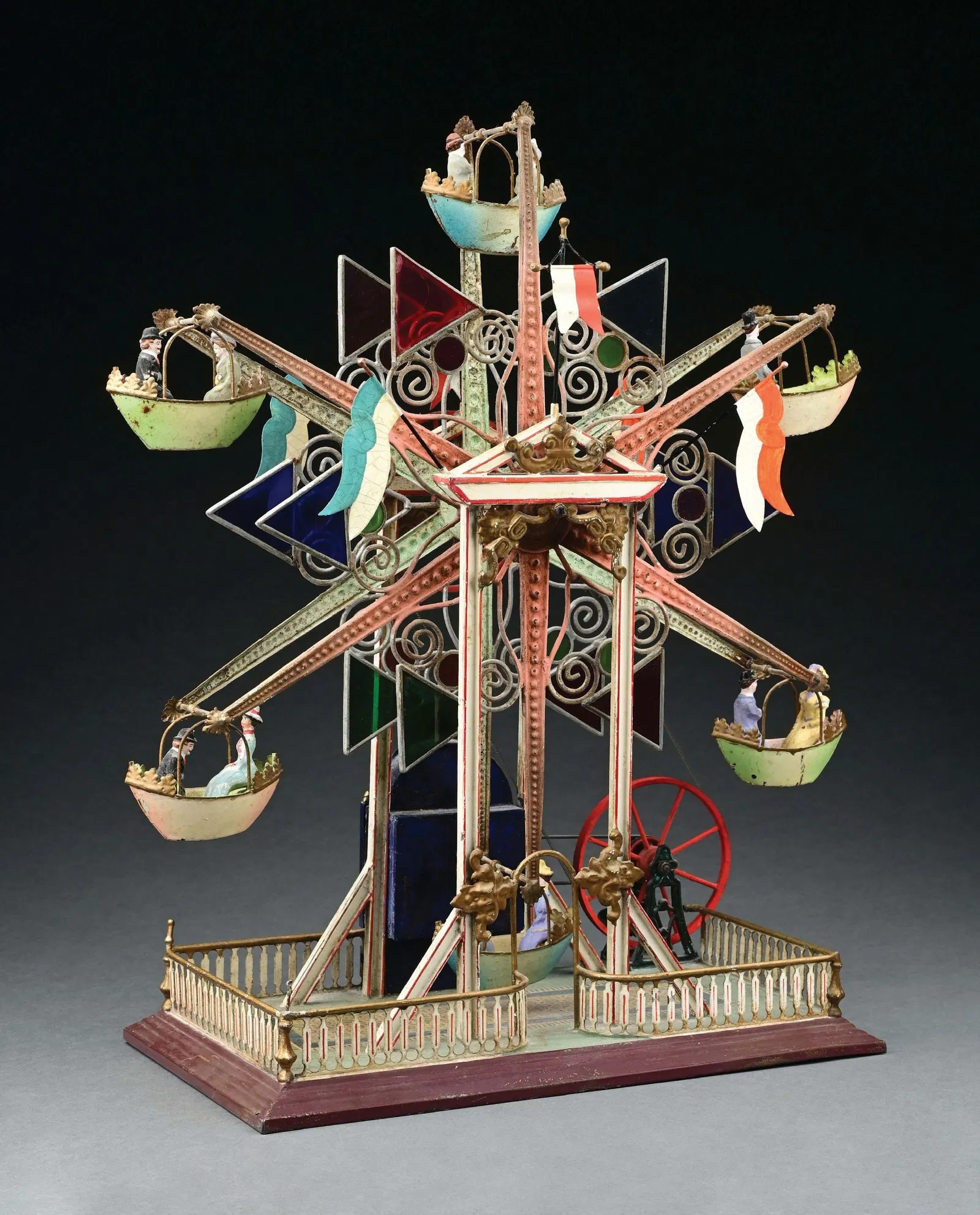Lightning in a Bottle: Tremont Auctions’ Bistany Collection of Chinese Snuff Bottles
The heyday for Chinese snuff bottles occurred during the Qing dynasty (1644 – 1911). During this time, it was illegal to smoke tobacco, but it was permissible to use snuff, or finely powdered tobacco, to combat illnesses like colds, headaches, and tummy troubles. Elaborately decorated palm-sized vessels had stoppers with a tiny spoon attached to them to manage the snuff. Most were made from materials like porcelain, minerals, horn, ivory, wood, shells, nuts, and cork, with glass being the most common. Tremont Auctions of Sudbury, MA hosted its 551-lot The Bistany Collection of Chinese Snuff Bottles sale on October 22, 2023. Here are some exquisite lots that caught the eye of the Auction Daily Team. All prices noted include the company’s buyer’s premium.

The top lot in this sale was #22, a glass interior-painted Chinese snuff bottle. Estimated at USD 200 to $300, it traded hands at $13,640. This early-20th-century example featured an intricately painted still life of a hen and chicks on one side and a peaceful floral scene on the other. It had a red and green glass stopper and measured just over two inches high. It was signed by Ding Er Zhong.
It is hard to imagine the effort it took to produce this reverse painted masterpiece. With this technique, which first appeared in the Middle Ages, the artist must know exactly how they want the final product to appear, as the paint is applied to the underside of the glass in a very specific order. This includes applying the front layer first and the background layer last. Chinese artist Ding Er Zhong (1868 – 1935) was considered a master of this technique, which probably explains why this example did so well at auction.

Figural Chinese snuff bottles were a key category in this sale, with rarities representing people and animals capturing top dollar. Lot #185, a porcelain snuff bottle in the form of Li Tieh Kuai, was estimated at $200 to $300 and made $11,780. The handsomely detailed figure was standing, wearing a cape, holding a cane, and carrying a lidded vessel on his back. This pale yellow 19th-century piece had a coral stopper and measured 2.5 inches high.
This snuff bottle captured all the key features of Li Tieh Kuai, one of eight Taoist Immortals who traveled around the world on clouds. He is traditionally depicted in the form of an old beggar man with an iron crutch. He often holds a gourd, or carries one on his back. Legend has it that this vegetable served as his bedroom for the night and also held medicine, which the Immortal lovingly distributed to the poor and needy.

Chinese snuff bottles decorated in the popular famille rose palette were well represented in this event. Lot #104, a porcelain snuff bottle decorated with historical scenes on both sides and underglazed blue borders, was estimated at $200 to $300 and traded hands at $11,160. It had a jade stopper and a brown Chia Ching mark (1796 – 1820) on its bottom. It measured 2.5 inches high.
The generic term famille rose is a French phrase meaning “rose family.” It has its origins in the mid-19th century and is used in references to porcelain objects glazed with enamels in mostly a pink, white, yellow, and green palette. Their distinctive pinky appearance is the result of artisans adding microscopic bits of gold mixed in water to the glazing process. The peak of Chinese famille rose production ran from the early 1700s through the early 1900s.

This sale also featured a number of eye-catching snuff bottles made from brilliantly colored jade. Lot #195, a yellow jade snuff bottle in the form of a snuff bottle bag, was estimated at $200 to $300 and realized $10,625. This 18th-century example was exquisitely carved, with the stopper perfectly integrated into the design. It was detailed with tiny dimensional flowers and birds along its edges.
Jade has had cultural significance in Chinese culture for countless millennia, with jade artifact production beginning as early as circa 5000 BCE. The mineral is treasured for its color, hardness, durability, and protective qualities, among numerous other factors. It occurs naturally in a spectrum of colors including red, orange, yellow, green, blue, purple, pink, white, gray, black, and brown. Green and purple-hued examples are more common, with blue being the rarest.

Other Chinese decorative items produced from rock crystal, Peking glass, amber, and other organic materials rounded out this important sale. Lot #115, a pair of 18th-century agate carvings, was estimated at $200 to $300 and scored $8,680. Each of these tiny works were produced from highly translucent gray stone and were carved with bugs, fruit, flowers, and Chinese characters. One had a fitted wooden stand measuring 1.5 inches long.
For more information and to browse the complete results of The Bistany Collection of Important Chinese Snuff Bottles, visit Tremont Auctions.
Find additional art market coverage on Auction Daily’s news channel.











